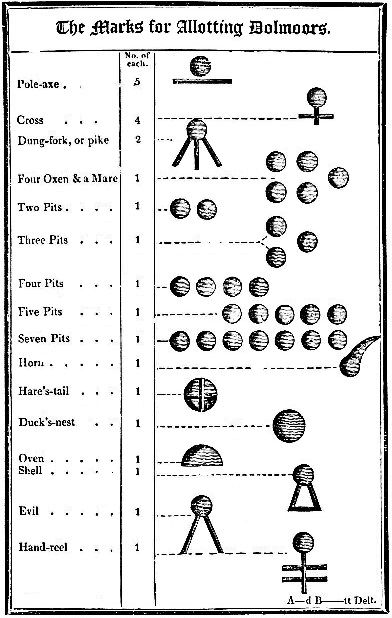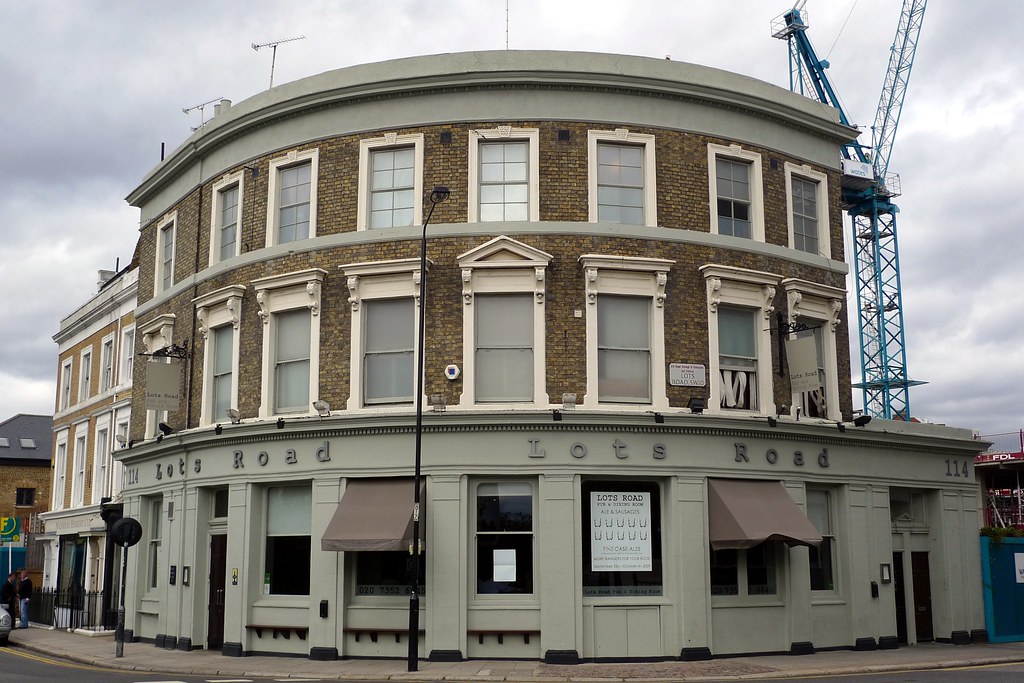In 2021 the east midlands’ largest fair was again called off due to the Covid-19 pandemic. However, a few miles away the second oldest fair was still being set up. Corby Glen dates back to a Charter granted by Henry III on 26th February 1238. This states:
“Grant to Hamo Pecche and his heirs of a weekly market on Thursday at his Manor of Coreby and of a yearly fair there on the Vigil, the Feast and the Morrow of the Feast of the Assumption. ”
An 1863 in the diary of George Bird states it was:
“the largest shew of sheep, beasts and horses that has ever been seen on the ground before.”
The next year 93 truckloads of sheep and other beasts arrived by train. Twelve thousand sheep were recorded in 1876, but the next year only 7,400. It would appear that the custom was in decline for in 1882 he wrote:
“Corby Fair the poorest I’ve seen, not above 5,000 sheep penned.”
However, by the turn of the twentieth century it had risen to 6,000 yet 13 years later it was only 4,000 with ” few beasts and foals either” Numbers never reached the heady heights of the late 1800s but the fair continued to trade despite the agricultural depression with the sale of beasts and cattle disappearing leaving only the ram fair.
And indeed sheep are still the reason for it of course. Yet it soon developed into more than the sheep. The fair further changed after WWII when sheep which used to driven to the fair now arrived by train. However, this changed again in 1959 when the station closed and so all sheep now travel by road arriving in the early morning and leaving that evening. The website describes the scene today:
“Early on Monday morning the familiar pens are erected on every available green space in the village in readiness for the day’s sale and by mid-morning the sheep have been trucked in for the auction. Expert eyes assess their qualities as owners wait anxiously for the bidding to begin and by late afternoon it is all over and the transporters head for home for another year. “
Fair sheep
At the point I arrived there was a very amusing demonstration on sheep breeds and sheep shearing which enthralled all with its mix of facts and amusing sheep. The highlight being what I gather appears to be an annual custom -sheep dancing. The disco music went on and the sheep swayed and moved back and forth to the music! After this amusing and informative show I explored the village more. Of course over time the custom had attracted the obligatory pleasure fair. This appeared in the 19th century when it was held in the Market Place with the traditional sideshows, gingerbread stalls, shooting galleries and boxing booths. Older residents can still recall the mass of stalls in the Market Place with swing-boats and roundabouts, skittling for a copper kettle and in some years, stalls for the sale of goods produced locally that would attract people from the village and the surrounding countryside. Today this is what attracts a large population to the village as it clothes the green swards and snakes through the village’s lanes and streets. Described as on the village website as:
“Stalls are erected in the historic Market Square from Friday onwards with country crafts and memorabilia much in evidence and a fun fair with swings, roundabouts and sideshows is located on the green. There is also a horticultural show in the village school and a display of local produce together with jazz bands, Morris dancing and one year a mediaeval mystery play was staged by pupils of the Corby Glen primary school. Archery demonstrations, local history displays, art and photographic exhibitions, a wheelbarrow race, a conker competition, tug of war, a dog show and even a competition to guess the weight of a sheep – all have found a place in the festivities in recent years.”
But the fair has in the past had another purpose, that of bringing together families who have been split when sons and daughters left the village to pursue marriage and careers elsewhere and this event was the catalyst for a weekend reunion, visits made possible by the coming of the railway which brought travel across counties within the reach of most people. Stuffed chine topped the bill of fare at family get-togethers and on the eve of the fair in October 1867, villager George Bird wrote in his diary: “Mother very busy making plum cakes, cheesecakes and such like.” The widespread increase in car ownership has to some extent diminished the tradition of such gatherings at fair time.
The sheep fair mirrors the economic conditions of the district and the local farming industry in past centuries when the farmer’s financial year was organised around this event for at this time they were forced to sell sheep to settle rent arrears. The fair, like the village, was in relative decline towards the end of the 18th century but it picked up during the 19th century and in 1863 George Bird wrote in his diary of “the largest shew of sheep, beasts and horses that has ever been seen on the ground before.” He also mentioned that there was talk of making the fair a two-day event.”.
The agricultural depression of the last quarter of the 19th century had a sudden but decisive impact on the Corby Fair but in the wake of this decline, the associated activities also suffered and by the 1930s the sale of beasts and cattle had died out but the ram fair remained. As a result, the Corby Fair continues today with vigour and enthusiasm and although numbers no longer reach the peaks of past times and market fluctuations continue, there is little likelihood that it will disappear in the immediate future.
















